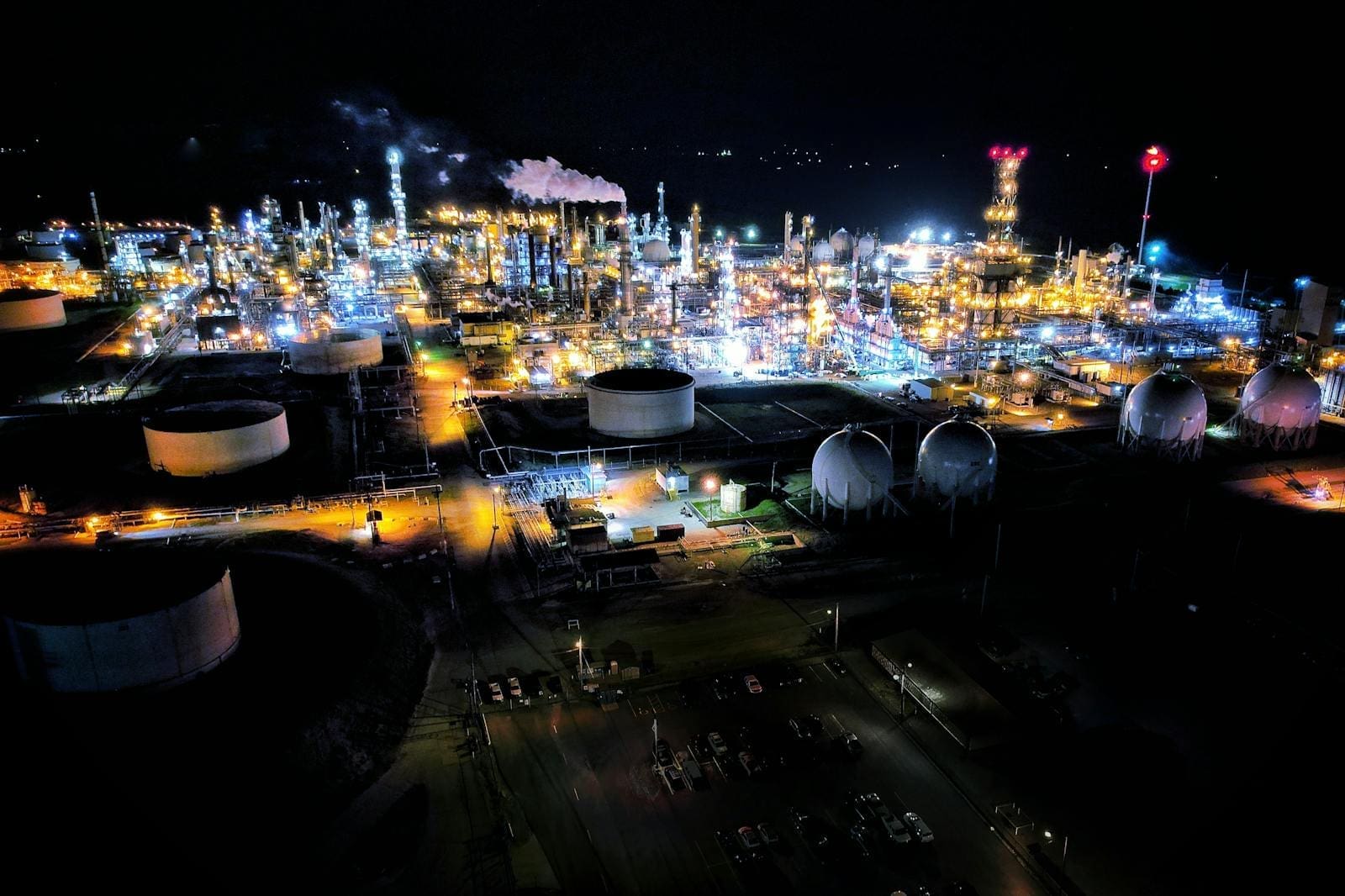In the oil and gas industry, the ability to extract as much oil as possible from a reservoir is essential for maximizing productivity and profitability. However, conventional recovery techniques typically retrieve only a fraction of the available hydrocarbons. This limitation has led to the development and increased use of oilfield chemicals that enhance extraction processes, improve recovery rates, and reduce environmental impact. These chemicals are crucial for primary, secondary, and tertiary recovery methods, enabling more efficient and sustainable oil extraction. Consegic Business Intelligence analyzes that Oilfield Chemicals Market size is growing with a healthy CAGR of 4.1% during the forecast period (2024-2031), and the market is projected to be valued at USD 37,087.48 Million by 2031 from USD 27,938.97 Million in 2023.
- Enhanced Oil Recovery (EOR) and Chemical Flooding
Enhanced oil recovery (EOR) techniques, particularly chemical flooding, are important methods for bringing more oil to the surface from reservoirs that are otherwise considered unrecoverable. In chemical flooding, a variety of different chemicals, such as polymers, surfactants, and alkalis, are injected into the reservoir, thereby altering the rheology of oil and making it flow more easily. Polymer flooding involves the use of water-soluble polymers that increase the viscosity of injected water, thus making it more appropriate for oil displacement. Creating a new high-viscosity, thus causing the oil and water to a denser ratio to decrease and a higher percentage of oil to be retrieved. Surfactants decrease the interfacial tension between oil and water, which facilitates the movement of the oil to the well. By way of building up a favorable water-oil interaction, surfactants assist in the leaching of trapped oil, which results in improved recovery. Alkalis are sometimes coupled with surfactants, too, as they form in-situ soaps that, in turn, lower interfacial tension. This blended, wide-ranging approach is known as alkaline-surfactant-polymer (ASP) flooding, and it has already shown high performance in reservoirs with challenging compositions of oil.
- Scale and Corrosion Inhibitors
Oil recovery is a technical process; therefore, scaling and corrosion are the prevailing challenges that affect the reservoir and the production equipment. Scaling results from the accumulation of mineral deposits inside the reservoir. Meanwhile, corrosion is the spoiling of equipment in contact with water and chemicals. Scale inhibitors avert the formation of mineral deposits by interrupting the precipitation of minerals such as calcium carbonate or barium sulfate. These chemicals facilitate the pipeline in the reservoir, which means that blockages on the pipeline have fewer chances of occurring; thus, there is no hindrance to the oil recovery program. Inhibitors stop corrosive substances like nutrient compounds and dissolved gases that attack the metals. Equipment life is prolonged by corrosion inhibitors that, in turn, lower maintenance costs and improve recovery efficiency.
- Foam Agents for Mobility Control
In certain EOR techniques, foam agents are used to improve the mobility control of injected gases. Gas injection methods, such as carbon dioxide (CO₂) or nitrogen flooding, help to push oil towards production wells. Nonetheless, they may outpace the gas flow in high-permeability zones and thus short-circuit those with lower permeability where a huge amount of oil lies still. Foam agents create a foam when mixed with gas, which increases the gas’s apparent viscosity and restricts its flow through high-permeability pathways. Through this control, sweeping efficiency is increased, which means – the gas is able to reach injected oil and displace it from the more challenging areas for recovery. Foam-assisted gas injection, or foam EOR, assists in oil recovery in reservoirs with large permeability anisotropy (AA).
- Emulsion Breakers
Reservoir oil and water mixing in the oil field can lead to emulsions, which affect the recovery and processing of the oil. Emulsions may be able to block the production lines and create flow assurance problems. Emulsion breakers are chemical substances that disrupt these emulsions so oil and water can be separated more easily. The reduction of the interfacial film, which causes the oil-water emulsion to stay together, is the way that demulsifiers operate. Water separation thus becomes possible, which facilitates the passage of oil and permits clog-free production lines. Proper emulsion breaking results in a smoother oil-gathering process, and the likelihood of equipment damage from excessive water content in the extracted oil is diminished.
Conclusion
Oilfield chemicals have become indispensable in enhancing oil recovery techniques, especially as the industry seeks to maximize extraction from challenging reservoirs. From polymer flooding and corrosion inhibitors to nanotechnology and green chemistry, these chemicals are enabling more efficient, cost-effective, and sustainable extraction methods. By addressing issues like reservoir heterogeneity, equipment corrosion, and emulsion challenges, oilfield chemicals are transforming the way oil recovery is approached. As environmental concerns grow, innovations in eco-friendly chemicals and precise dosing technologies are set to play an even more prominent role, paving the way for more responsible and sustainable oil extraction.





